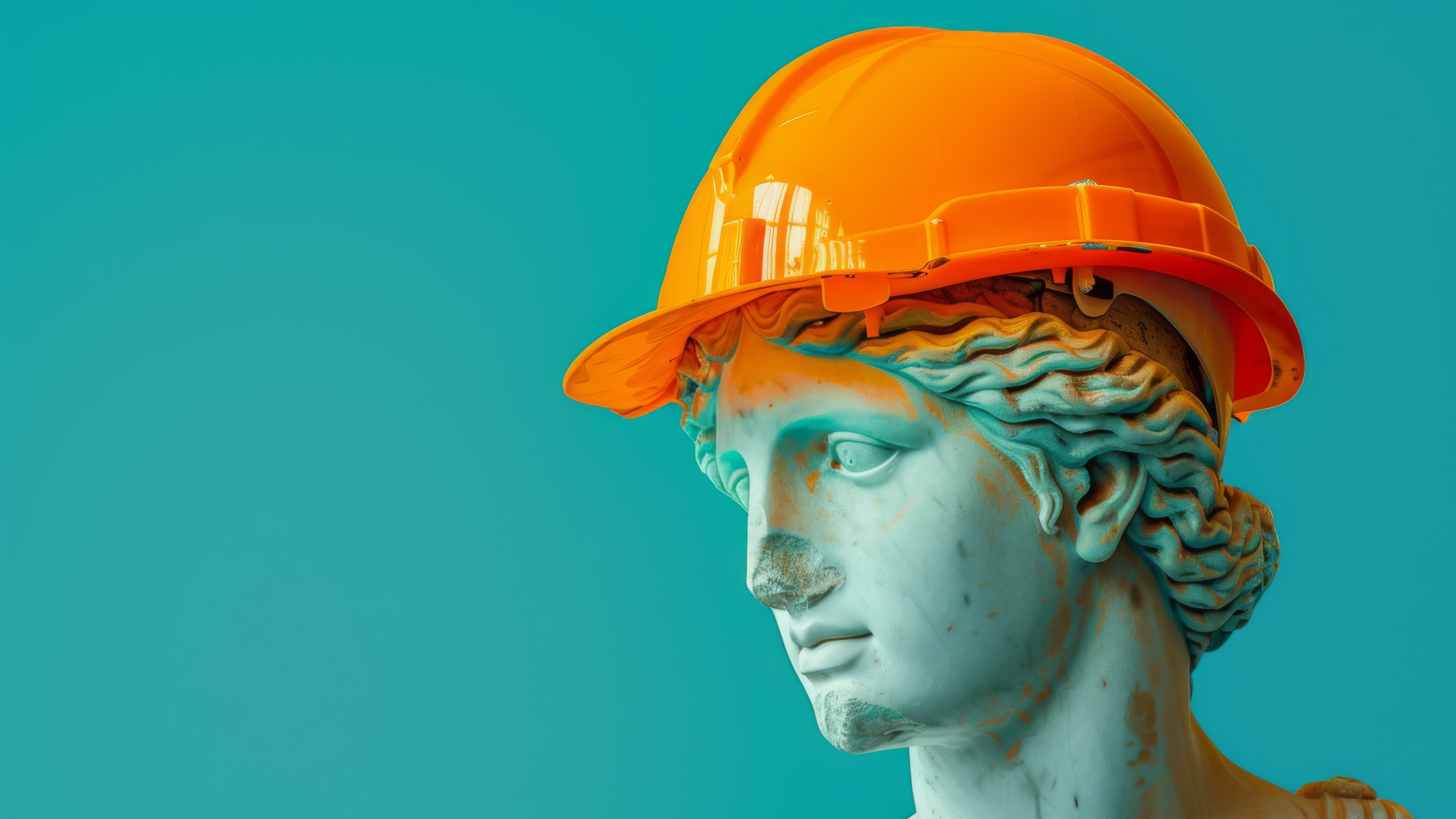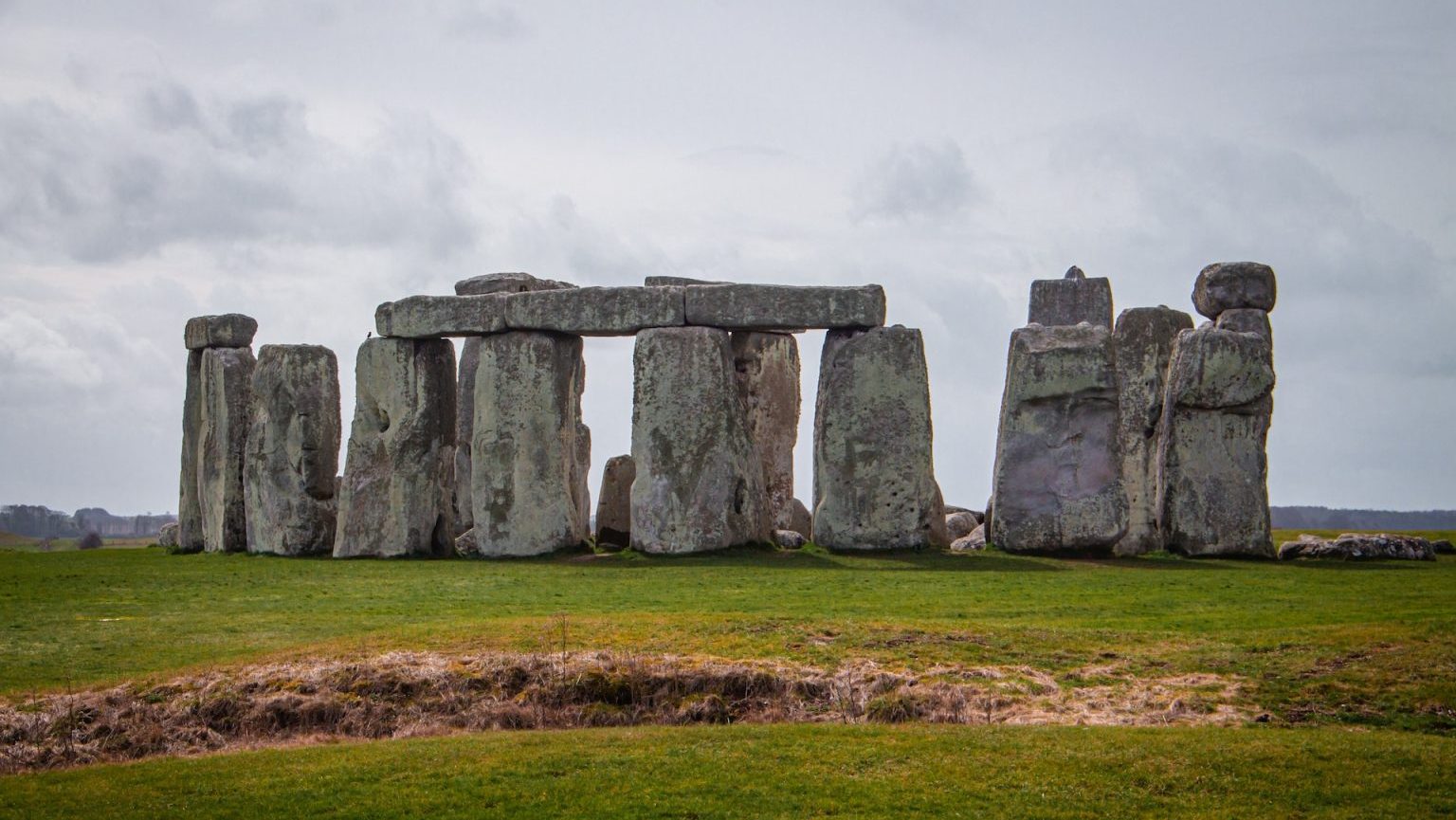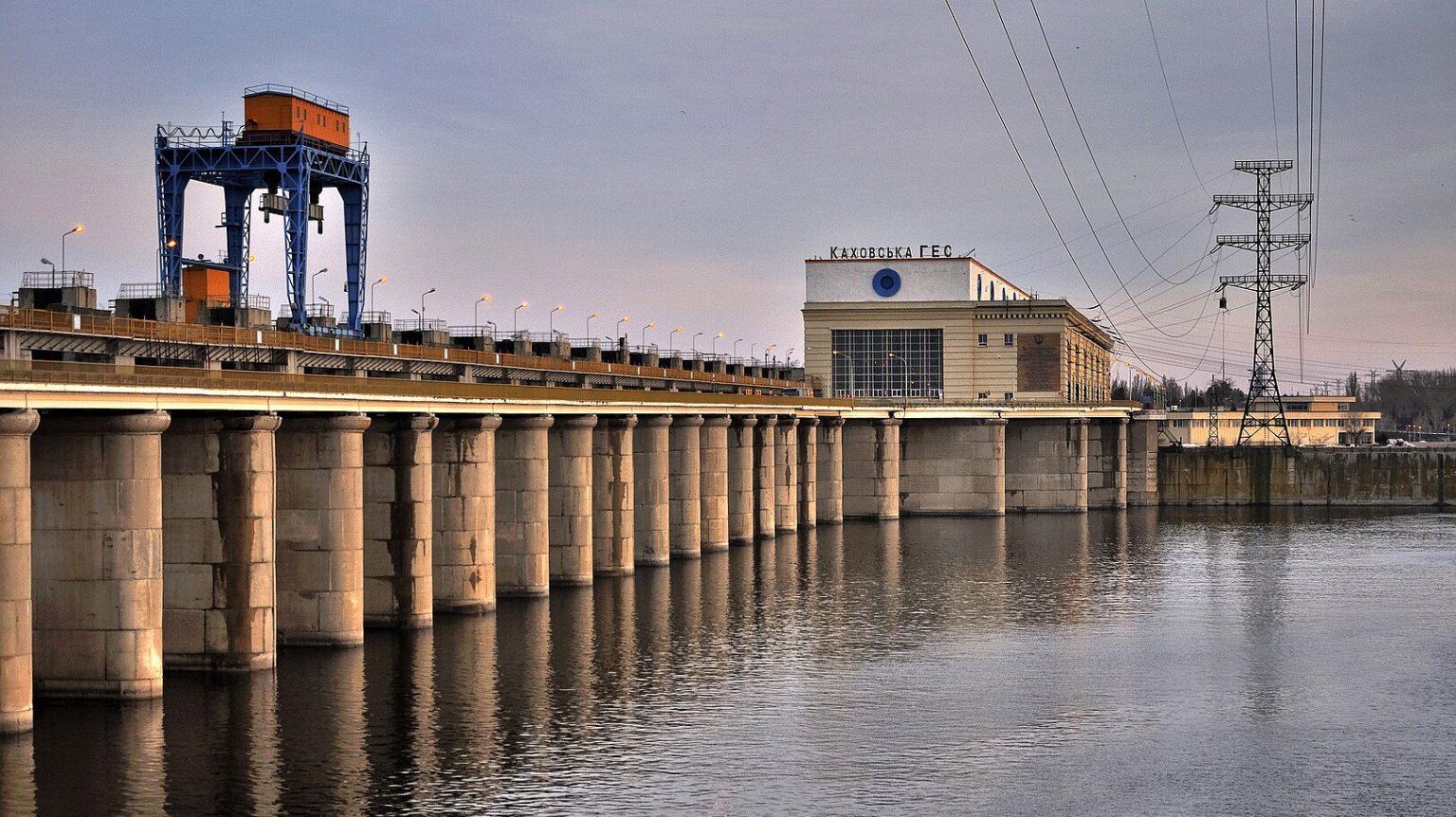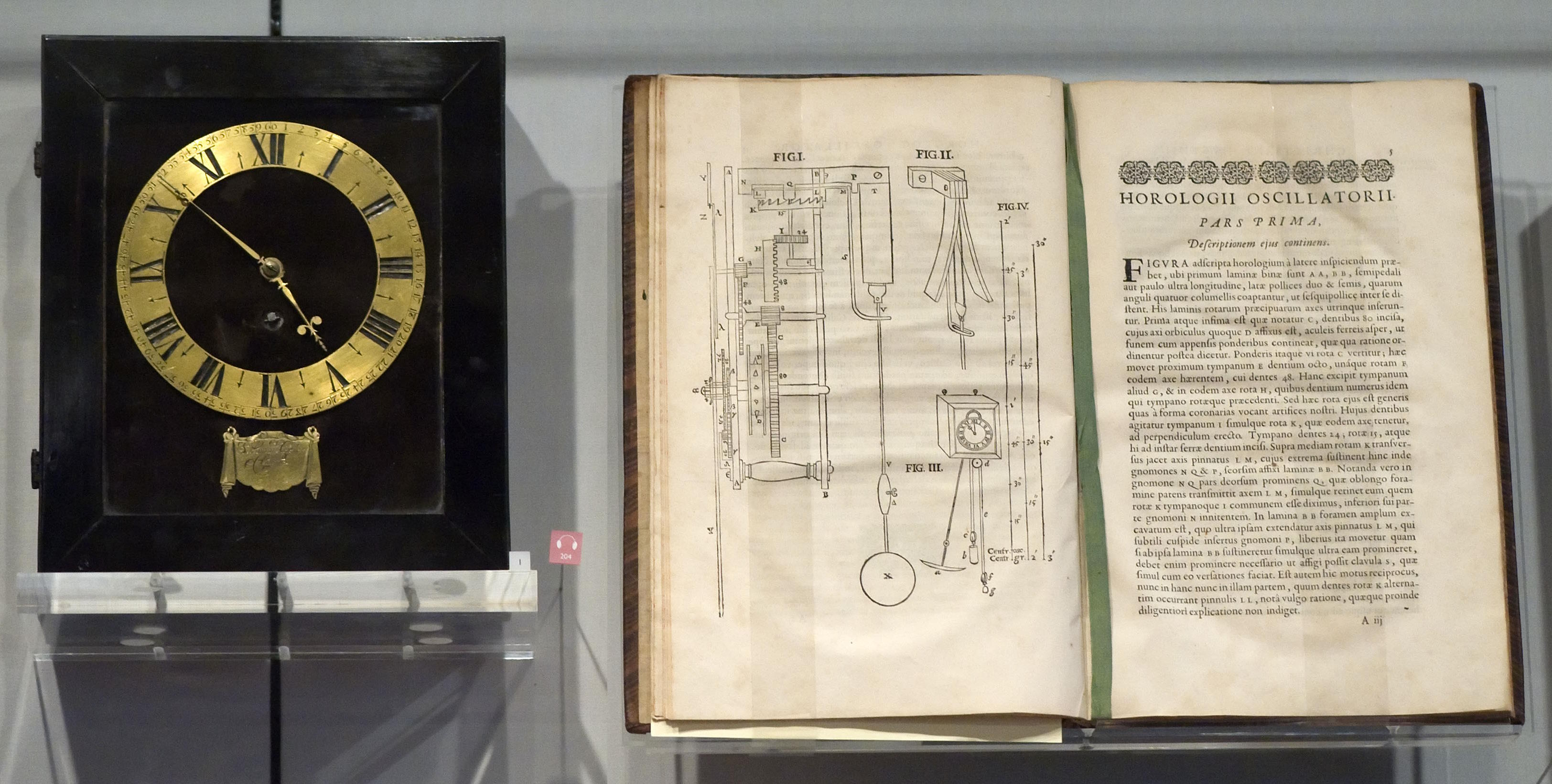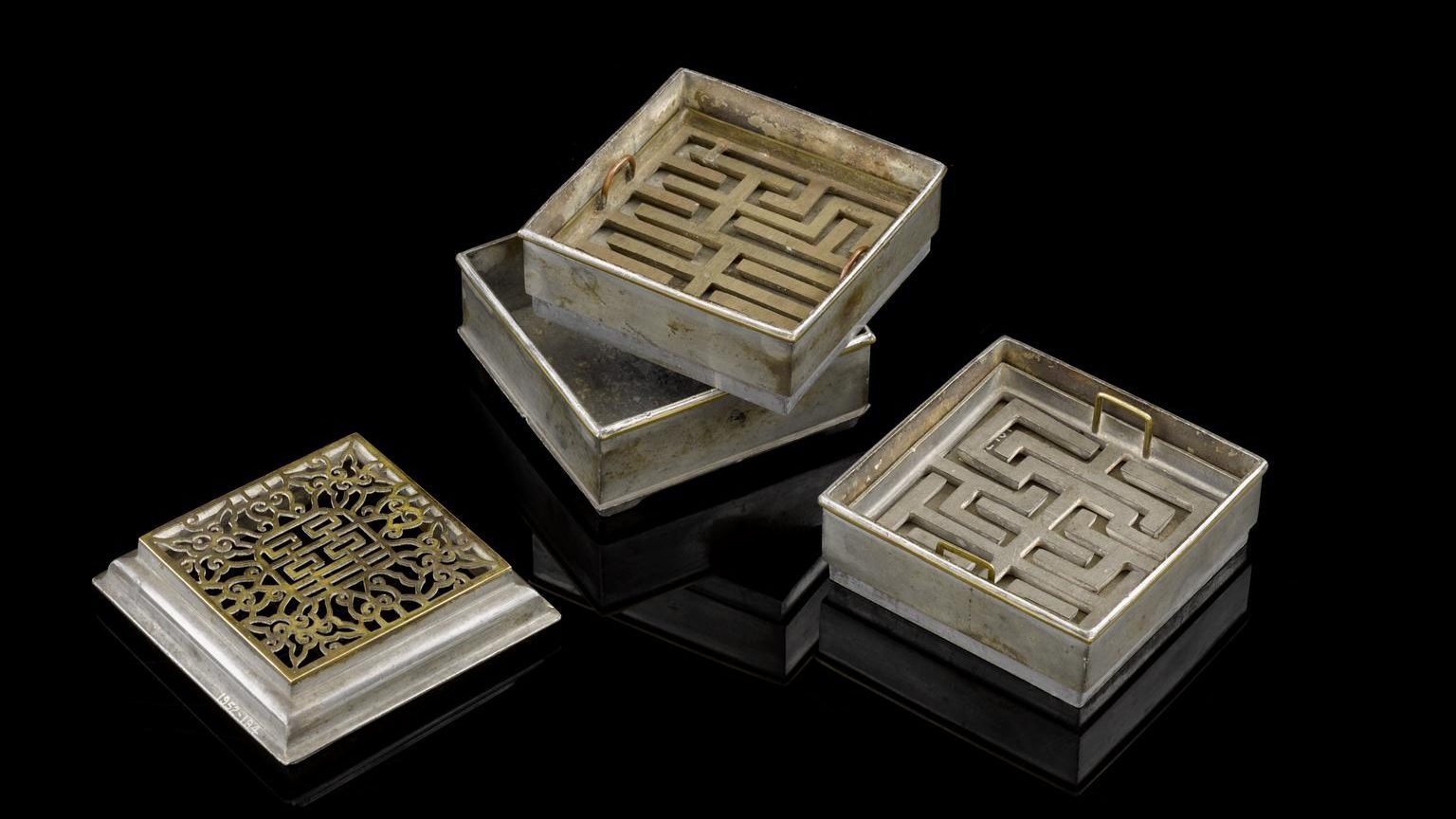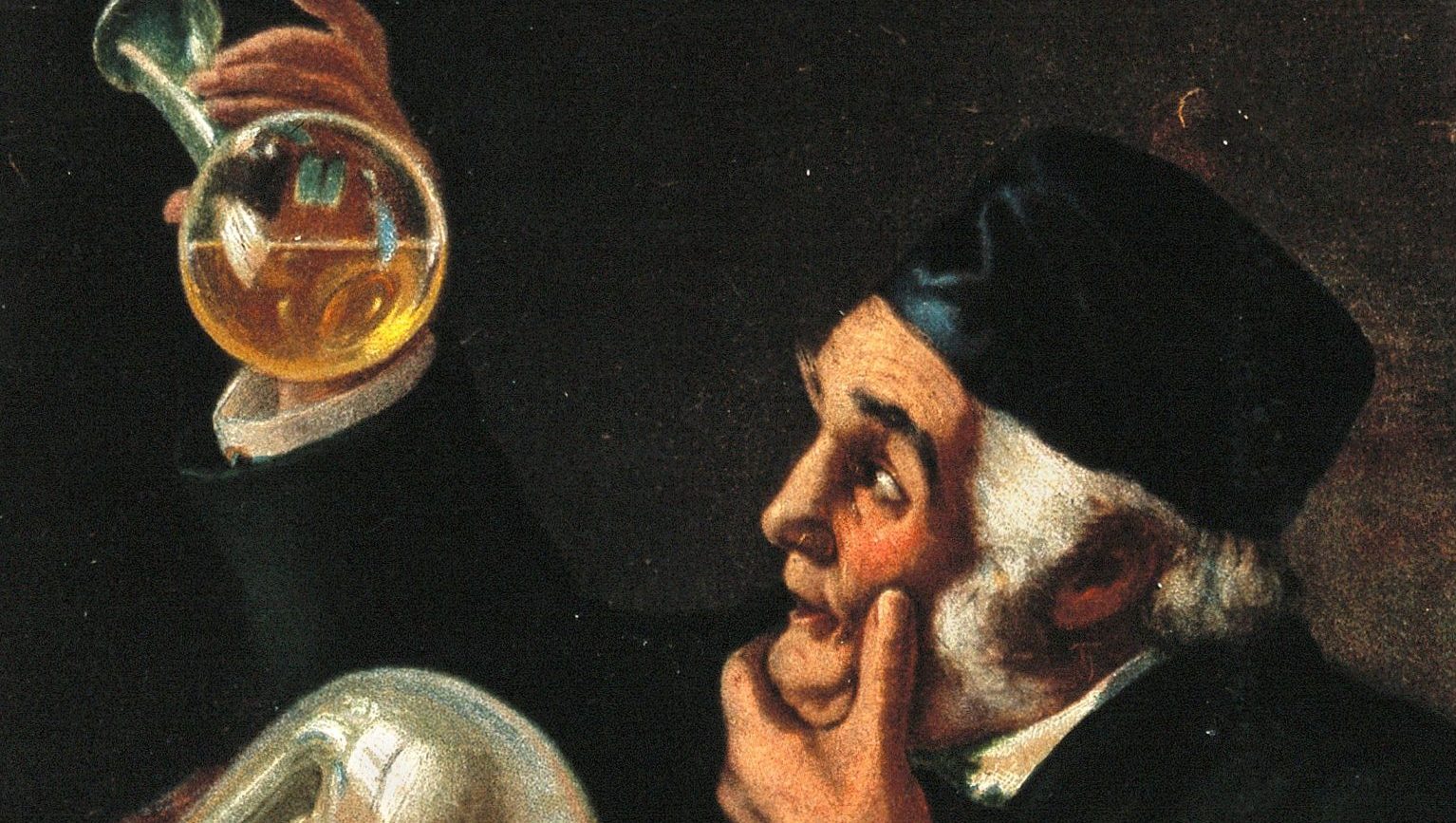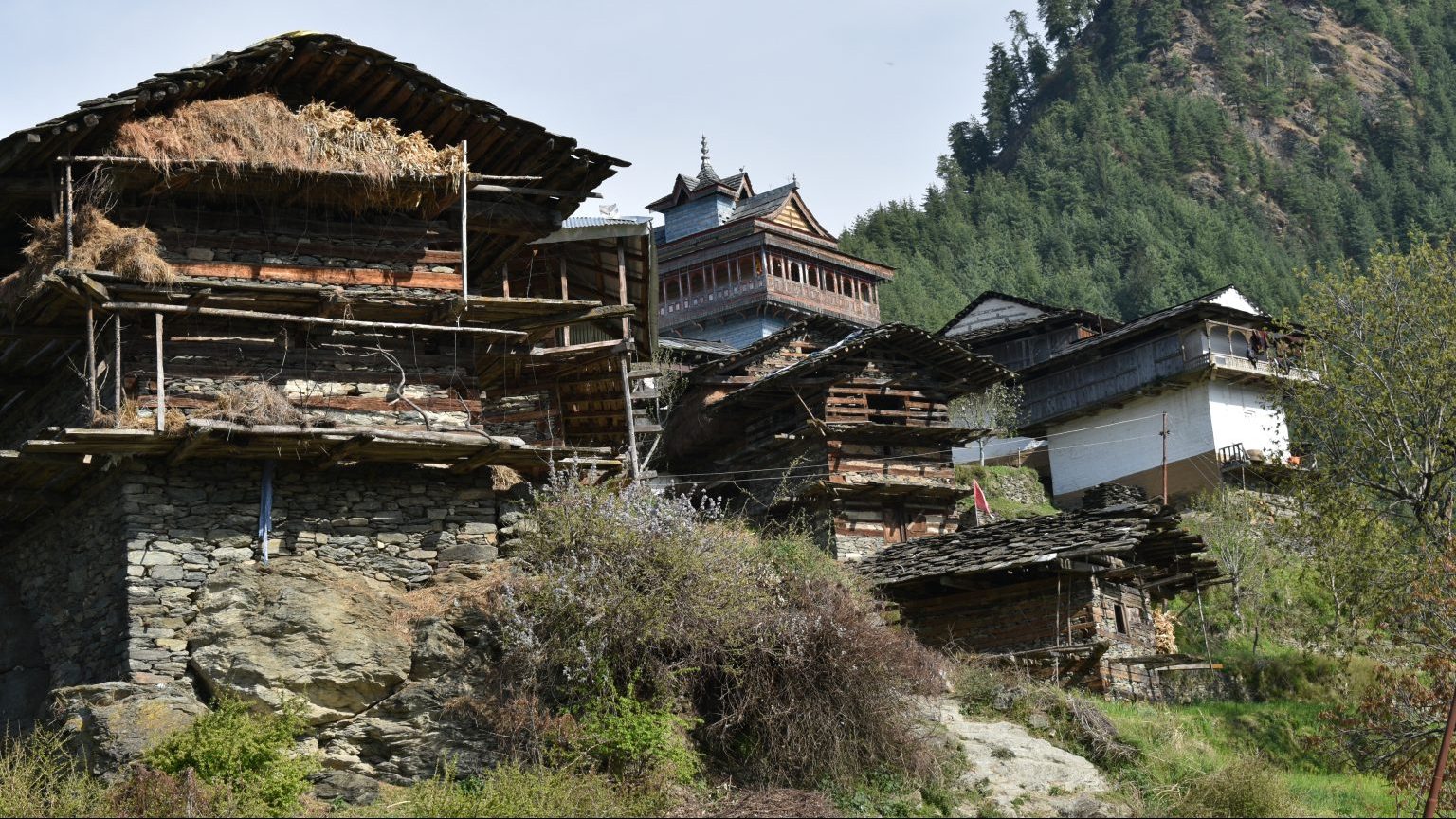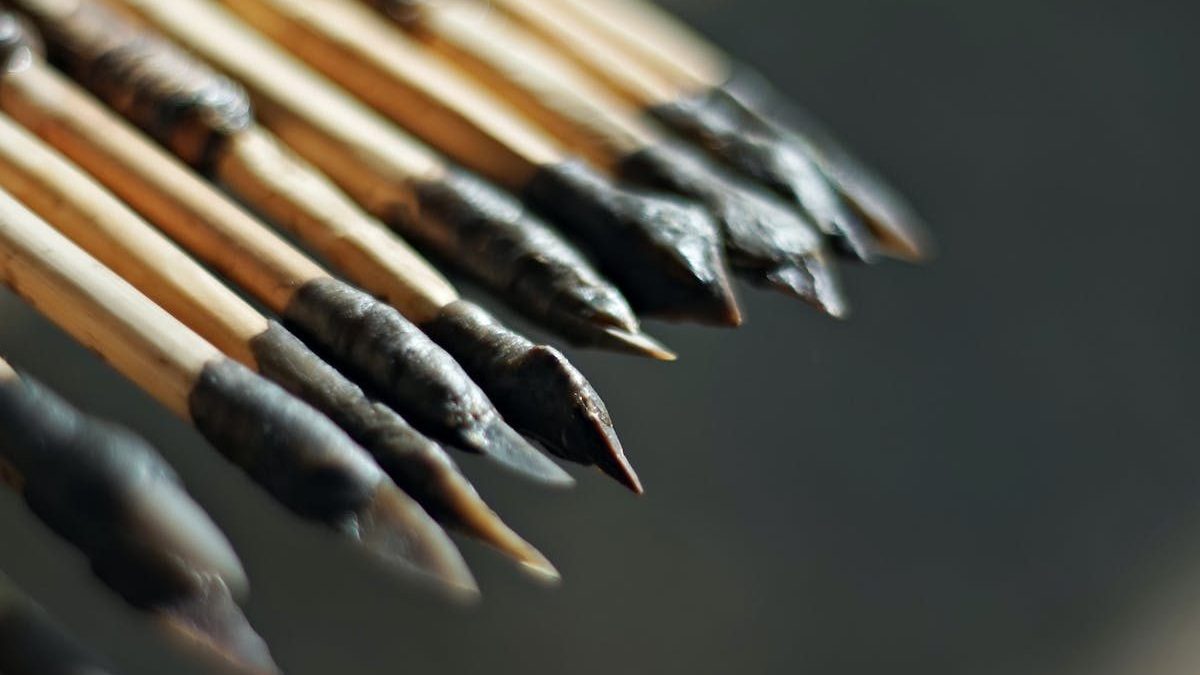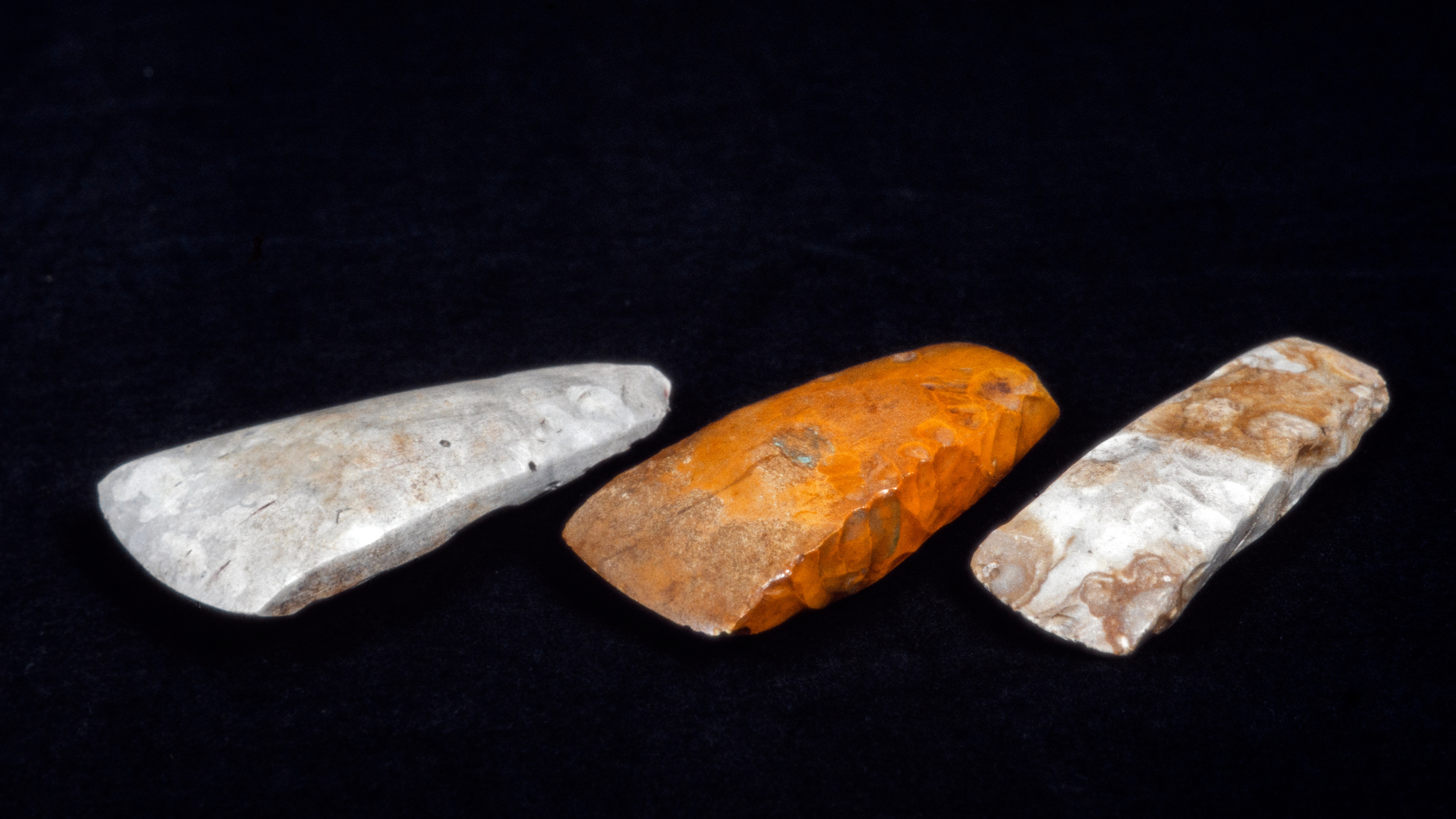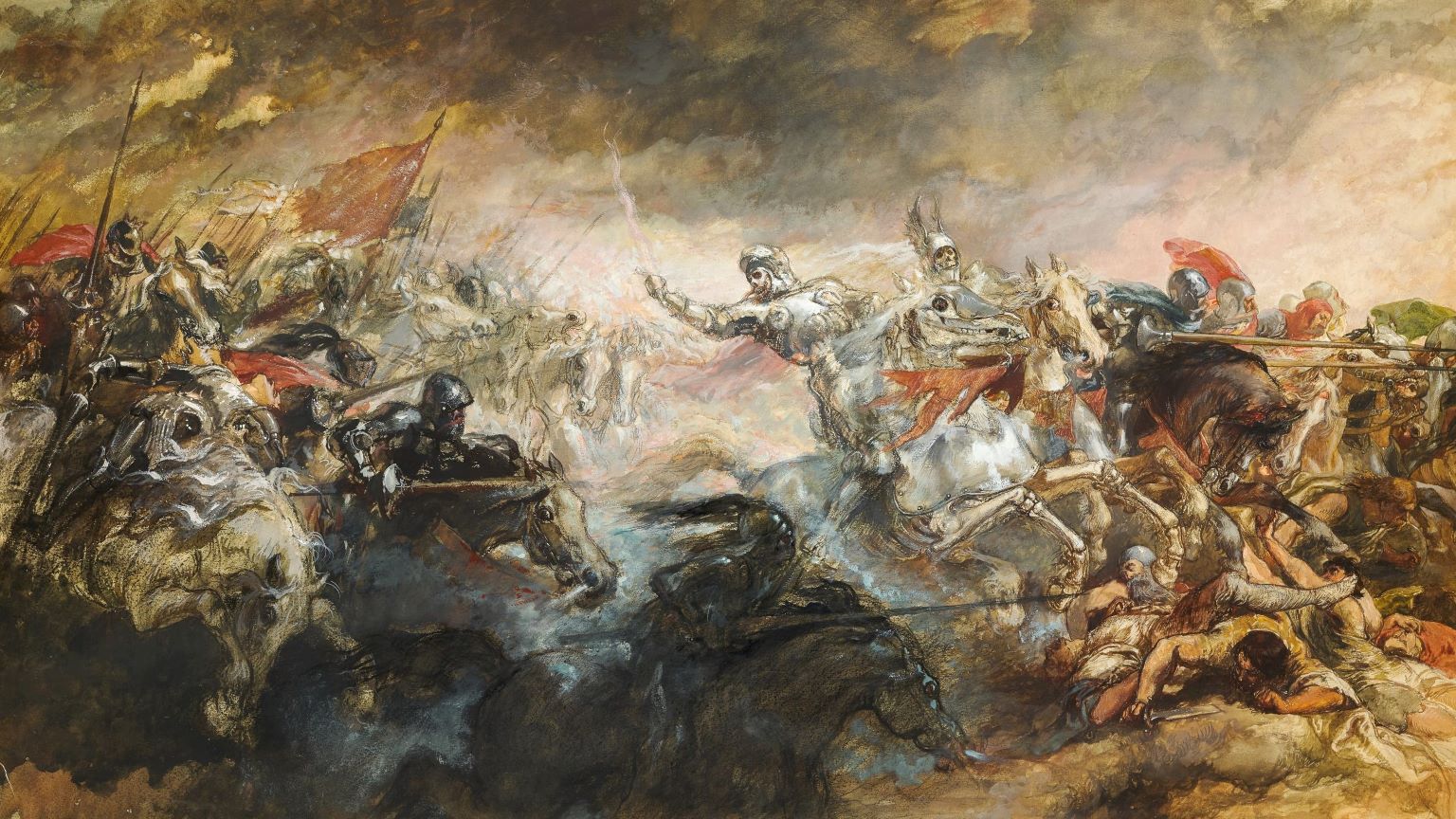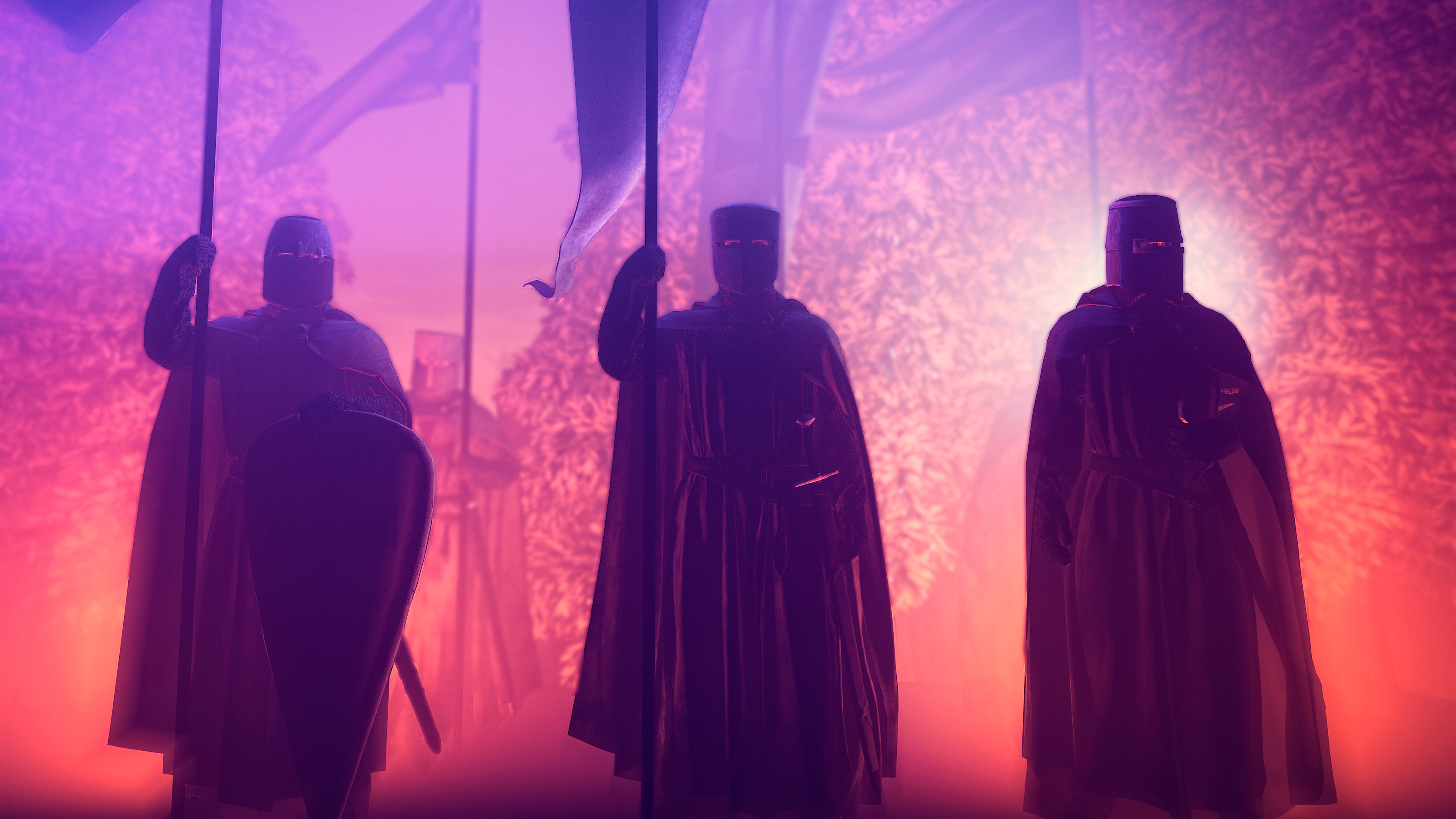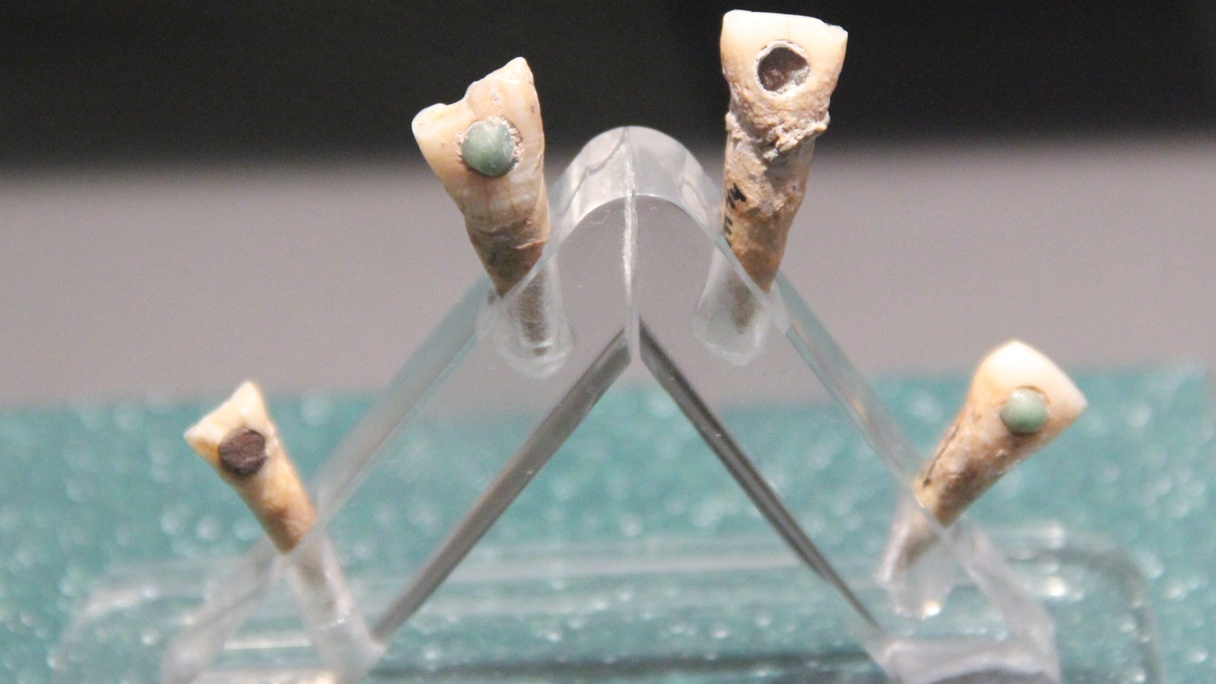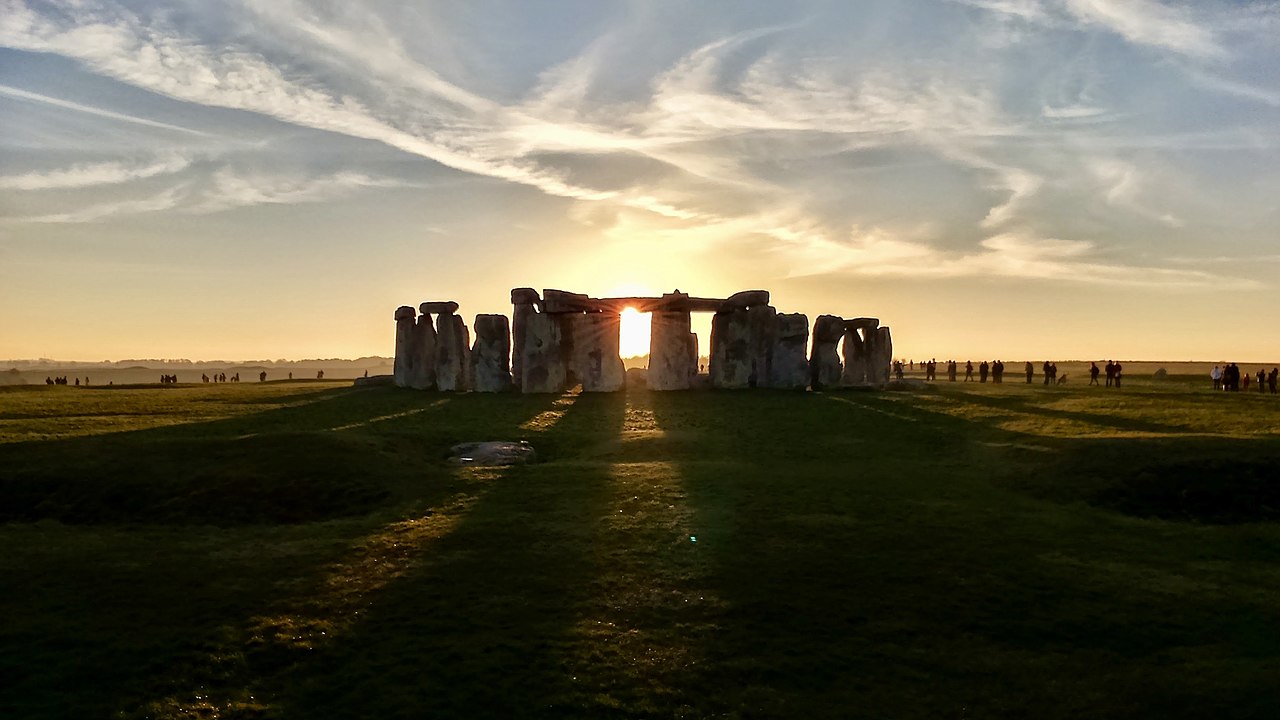Ancient Technology
Welcome to The Nightcrawler — a weekly newsletter from Eric Markowitz covering tech, innovation, and long-term thinking.
Magnificent time-tested buildings are filled with lessons in resilience and stability — and the benefits for investment strategy can be huge.
Although human beings arrived on Earth just ~300,000 years ago, we’ve transformed the entire planet completely. Here’s how we did it.
Archaeologists have identified what may be Europe’s oldest human-made megastructure.
Along with obsidian that dazzled scientists in Canada.
Perhaps it’s not just an oddly shaped hill, after all.
The clash of academic archaeology and what might be called folk archaeology comes into stark focus at Stonehenge.
Destruction of the Ukrainian dam unleashed a catastrophic flood—and surfaced centuries of cultural heritage. Now there’s a call not to rebuild it.
These astounding inventions show that civilizations of the past were a lot more advanced than we might have thought.
A clock, designed and built in Europe, ran hopelessly at the wrong rate when brought to America. The physics of gravity explains why.
Giambattista della Porta’s contributions to codebreaking changed the course of communication.
These clocks burn powdered incense along a pre-measured paths, each representing a different amount of time.
A Harvard astronomer went to the bottom of the ocean, claiming he recovered alien technology. But what does the science actually indicate?
Perhaps there was something theatrically satisfying about a learned man waving around a flask of pee, looking at it from all angles, sniffing it, and making bold proclamations.
They had the technology. So why didn’t they use it?
Due to export controls from China, the Europeans had to invent their own forms of porcelain. One type involves dead cows.
Stone buildings in northern India reveal secrets of old structures that could save lives.
A new discovery pushes back the origin of these technologies by about 40,000 years.
Did fire change the development of the human brain?
A wide-scale examination of early Neolithic human skeletons reveals the violent history of a supposedly peaceful period.
Some objects were softer than others.
An unexpected ancient manufacturing strategy may hold the key to designing concrete that lasts for millennia.
Mesopotamian beer was not flavored with hops, and it was probably on the thick, porridgey side.
Bloodcurdling war cries, shrieking elephants, and whistling arrows all made soldiers flee in terror.
Before gunpowder was introduced to the West, medieval Arabs devised grenades using crockery.
The ancient Maya enjoyed filling their teeth with gemstones. A new study reveals how the procedure was done and how it didn’t kill them.
An elaborate device called the Mechanical Turk defeated Benjamin Franklin and Napoleon Bonaparte at chess. Edgar Allan Poe revealed the hoax.
From the tablets of the Babylonians to the telescopes of modern science, humans have always looked to the skies for fundamental answers.
Understanding the factors behind recent growth could help us better approach inequality.
Researchers speculate the famous monument was one of the world’s first solar calendars, possibly inspired by trade with ancient Egyptians.
